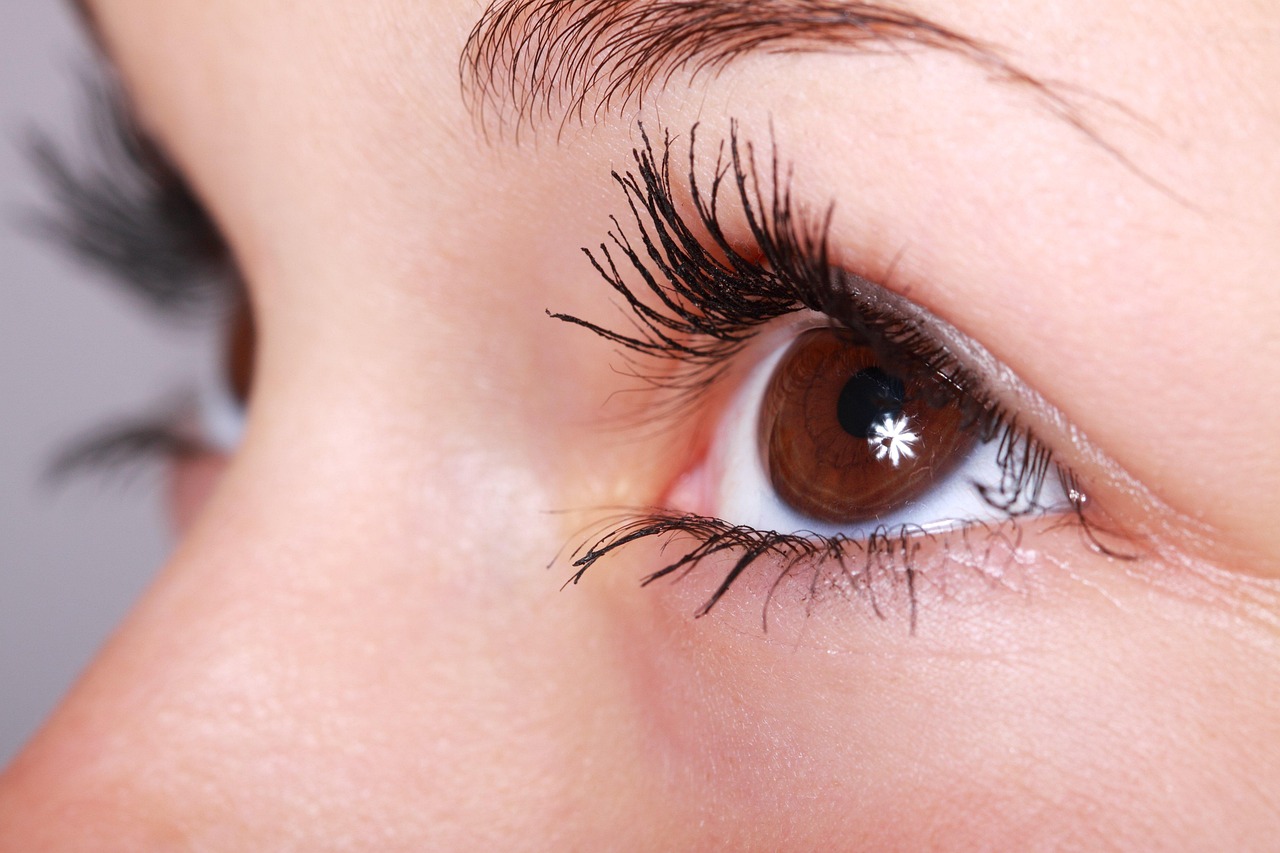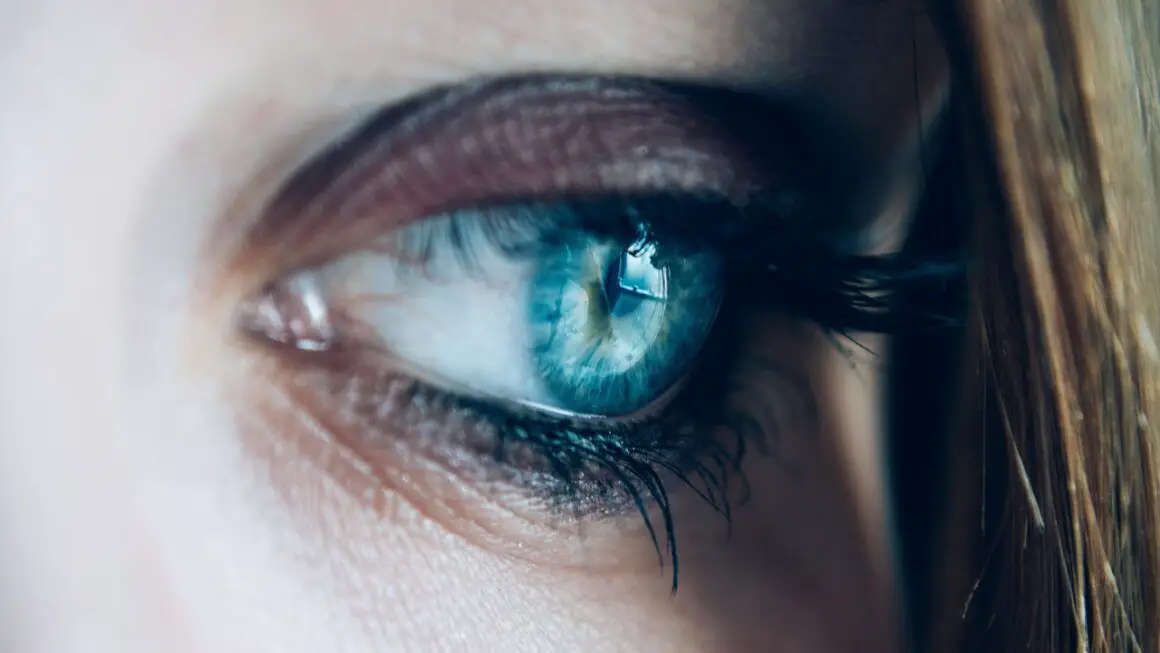Have you ever noticed that you can see objects up close clearly, but things far away appear blurry? You might be experiencing myopia, commonly known as nearsightedness. Myopia is a very common vision condition affecting millions worldwide, and understanding its causes, symptoms, and available treatments is crucial for maintaining good eye health. This article delves deep into the world of myopia, providing you with comprehensive information on everything you need to know about this prevalent vision issue.
Understanding Myopia: A Closer Look
Myopia isn’t just about blurry distance vision; it’s a complex condition rooted in the way your eye focuses light. Understanding the mechanics behind it is key to grasping the full picture.
What is Myopia?
Myopia occurs when the eye is too long or the cornea (the clear front cover of the eye) is too curved. This causes light to focus in front of the retina (the light-sensitive tissue at the back of the eye) instead of directly on it. As a result, distant objects appear blurry, while near objects remain clear.
Prevalence of Myopia
Myopia is becoming increasingly common globally. Studies estimate that nearly 30% of the world’s population is currently myopic. Worryingly, projections indicate that this number could rise to almost 50% by 2050. Factors contributing to this increase include lifestyle changes like increased screen time and reduced outdoor activities, particularly in children.
- The rise in myopia cases is a global concern.
- Lifestyle changes significantly contribute to myopia development.
- Early detection and intervention are crucial for managing myopia progression.
Types of Myopia
Myopia isn’t a one-size-fits-all condition. There are different types, each with its own characteristics:
- Simple Myopia: The most common type, typically developing during childhood and stabilizing in adulthood. Vision correction is usually effective.
- High Myopia: Characterized by a high degree of nearsightedness (typically -6.00 diopters or higher). It increases the risk of other eye conditions such as retinal detachment, glaucoma, and myopic macular degeneration.
- Progressive Myopia: Myopia that continues to worsen over time, requiring frequent updates to prescriptions.
- Degenerative Myopia (Pathological Myopia): A less common but more severe form that can lead to significant vision loss due to changes in the back of the eye.
Recognizing the Signs and Symptoms
Early detection is crucial in managing myopia, especially in children. Being aware of the signs and symptoms can make a big difference.
Common Symptoms
If you or your child is experiencing any of the following, it’s essential to consult an eye care professional:
- Blurry vision when looking at distant objects.
- Squinting frequently to see clearly.
- Headaches, especially after focusing on distant objects.
- Eye strain or fatigue.
- Difficulty seeing the board in school or watching movies.
- Excessive blinking or eye rubbing.
- Sitting too close to the television or holding books very close to the face.
When to See an Eye Doctor
Regular eye exams are critical, especially for children and adolescents. The American Academy of Ophthalmology recommends the following:
- Infants should have their first eye exam between 6 months and 1 year old.
- Children should have an eye exam at least once between 3 and 5 years old.
- School-aged children and adolescents should have an eye exam every 1-2 years.
- Adults should follow their eye doctor’s recommendations for regular eye exams, especially if they have risk factors for eye diseases.
If you notice any changes in your vision, regardless of your age, schedule an eye exam promptly.
Causes and Risk Factors
While the exact cause of myopia isn’t fully understood, several factors are known to increase the risk of developing it.
Genetic Predisposition
Genetics play a significant role in myopia development. If one or both parents are myopic, the child is more likely to develop the condition. Studies have identified several genes associated with myopia.
- Children with myopic parents have a higher risk of developing myopia.
- Genetic factors can influence eye growth and refractive error.
Environmental Factors
Environmental factors also contribute to myopia development. Increased screen time, reduced outdoor activity, and prolonged near work (reading, writing, etc.) are associated with a higher risk of myopia, especially in children.
- Increased Screen Time: Excessive use of smartphones, tablets, and computers can strain the eyes and contribute to myopia progression.
- Reduced Outdoor Activity: Spending time outdoors exposes the eyes to natural light and helps regulate eye growth. Studies suggest that children who spend more time outdoors have a lower risk of developing myopia. A study in Taiwan showed that increasing outdoor time by 40 minutes per day reduced the incidence of myopia by 23%.
- Prolonged Near Work: Activities that require close focus, such as reading and writing, can strain the eyes and contribute to myopia development.
Lifestyle Choices
Certain lifestyle choices can also influence the risk of myopia.
- Maintaining a balanced diet rich in vitamins and minerals.
- Ensuring adequate sleep.
- Taking regular breaks during near work activities.
- Practicing good posture while reading or using digital devices.
Managing and Treating Myopia
While there’s no cure for myopia, various treatments are available to correct vision and slow down its progression.
Vision Correction Options
The primary goal of myopia treatment is to provide clear vision. Common correction methods include:
- Eyeglasses: The most common and simplest way to correct myopia. Single-vision lenses are typically used for distance vision, while bifocals or progressive lenses may be prescribed for individuals who also have presbyopia (age-related farsightedness).
- Contact Lenses: Offer a wider field of vision compared to eyeglasses. They come in various types, including soft, rigid gas-permeable (RGP), and multifocal lenses. Orthokeratology (Ortho-K) lenses are specially designed rigid lenses worn overnight to temporarily reshape the cornea and provide clear vision during the day.
- Refractive Surgery: Procedures like LASIK (Laser-Assisted In Situ Keratomileusis), PRK (Photorefractive Keratectomy), and SMILE (Small Incision Lenticule Extraction) permanently reshape the cornea to correct refractive errors. These are generally suitable for adults with stable myopia.
Myopia Control Strategies
In recent years, significant advancements have been made in myopia control, which aims to slow down the progression of nearsightedness, especially in children. Effective strategies include:
- Atropine Eye Drops: Low-dose atropine eye drops have been shown to significantly slow down myopia progression in children. The exact mechanism is not fully understood, but it is believed to work by affecting the focusing mechanism of the eye.
- Multifocal Contact Lenses: These lenses have different power zones that provide clear vision at both near and far distances, helping to reduce eye strain and slow down myopia progression. Several studies have shown that multifocal contact lenses can reduce myopia progression by 30-50%.
- Orthokeratology (Ortho-K): As mentioned earlier, these lenses reshape the cornea overnight, providing clear vision during the day and slowing down myopia progression. Ortho-K lenses have been shown to be particularly effective in children and adolescents.
- Special Spectacle Lenses: Specifically designed spectacle lenses, like those with peripheral defocus management, are also used to slow myopia progression. These lenses aim to correct not only the central vision but also the peripheral vision, which may play a role in eye growth and myopia development.
Lifestyle Adjustments
In addition to medical interventions, lifestyle adjustments can also play a role in managing myopia:
- Encourage outdoor activities for at least 1-2 hours per day.
- Limit screen time and take frequent breaks during near work. The 20-20-20 rule recommends that every 20 minutes, look at an object 20 feet away for 20 seconds.
- Ensure proper lighting while reading or using digital devices.
- Maintain a healthy diet and get adequate sleep.
Conclusion
Myopia is a widespread vision condition that requires proactive management. By understanding the causes, recognizing the symptoms, and seeking timely intervention, you can protect your vision and prevent the progression of nearsightedness. Regular eye exams, coupled with appropriate vision correction and myopia control strategies, are essential for maintaining optimal eye health. Remember, early detection and intervention are key to managing myopia and ensuring a lifetime of clear vision.




